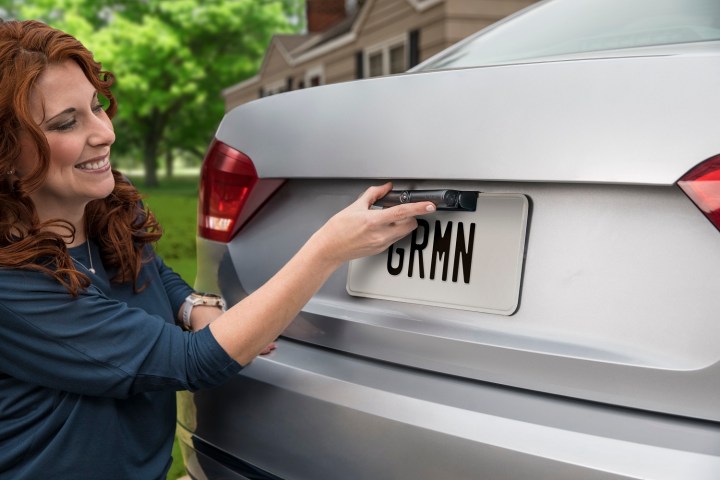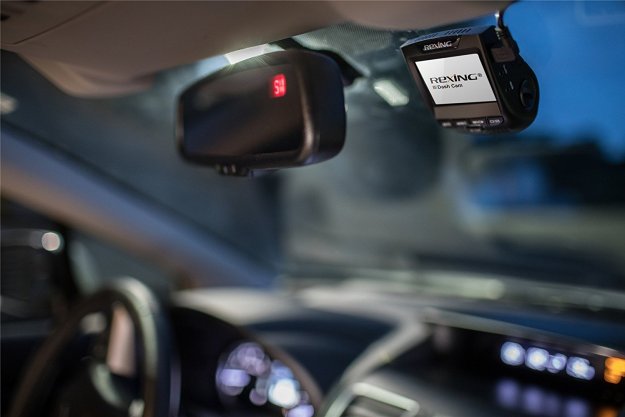GPS expert Garmin is expanding its presence in the world of rear-view cameras with the launch of a new, wireless unit named BC 40. Though its name sounds like a reference to when the Roman Empire ruled over the world, the BC 40 is a compact, innovative, and weather-proof device that lets motorists see what’s behind them regardless of their car’s make, model, or year.
Garmin has made rear-view cameras in the past; it currently sells a model named BC 30. The key difference between the 30 and the 40 is how each device gets power. The 30 needs to be permanently connected to a power source, so installing it involves splicing it into a car’s electrical circuit, a task normally best left to an experienced professional. The 40 runs on the same AA batteries you used to power your Game Boy Color. Garmin predicts a three-month battery life in average conditions.

Installing the BC 40 is a quick, simple process that only requires basic tools — you can leave your drill in the tool chest. The bracket that it’s on bolts onto your car’s license plate or license plate frame. It can go on any car, from a late-model Hyundai Elantra to a classic Fiat 850. The catch is that, to see what’s behind you, you’ll need a compatible, Wi-Fi-enabled Garmin navigator mounted to your windshield. Users will then need to pair the camera to the navigator.
Once the two devices are linked, the camera transfers high-resolution footage to the navigator. It even shows guidelines to give motorists a better idea of where (or what) they’re maneuvering into. The GPS has no way of knowing when the car is in reverse, however, so the driver needs to activate the camera by either pressing a button or saying “show video.” Turning the feed off is as simple as tapping the “back” icon on the screen
Priced at $150, the Garmin BC 40 is on sale now across the nation. It’s available on the company’s official website or through select retailers. The navigator is sold separately. Garmin’s website lists the DriveSmart 55 and the DriveSmart 65 as compatible devices. They’re priced at $230 and $270, respectively, so motorists need to plan on spending at least $380 to install Garmin’s BC 40.




